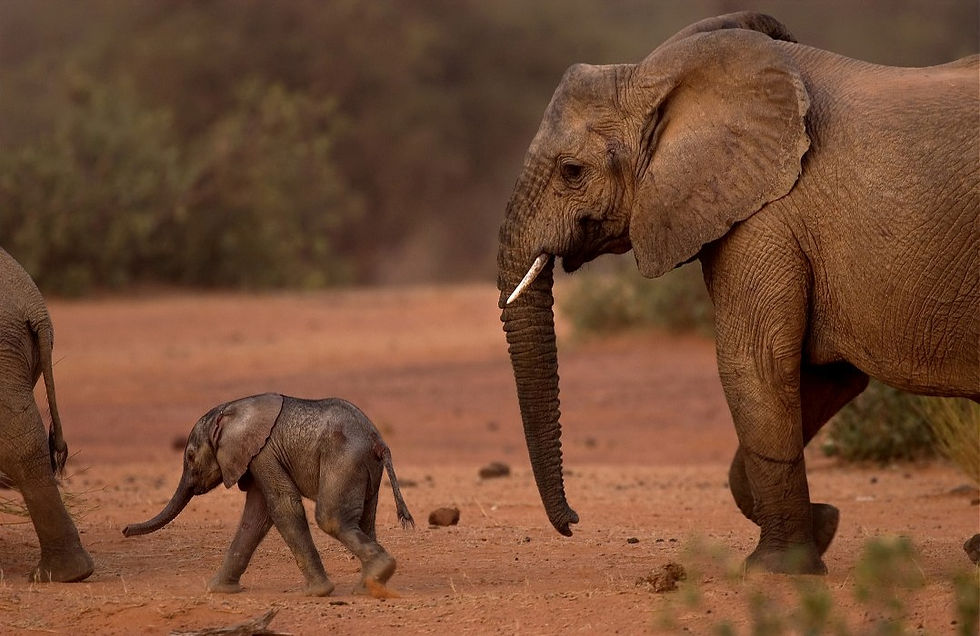Dr Susan Canney
- EPI Secretariat

- Mar 22, 2022
- 2 min read
Our EPI Friend of the Month for March is Dr Susan Canney, who is Director of the Mali Elephant Project, working to save one of Africa’s most endangered and isolated elephant populations.

We see that your zoology career has not only involved study of African elephants, but also a variety of other animals - Asian elephants, wolves, lions, wild dogs. How did you get started in your career and did you always want to work in conservation?
I was always curious about the world and its creatures, and heart-broken by its destruction. After a degree in Natural Sciences in the UK I began as a research assistant in the Serengeti, Tanzania. I soon realised that I would need to learn more about the human drivers causing the destruction and so followed a convoluted and recursive path through science, conservation, planning and policy.
You’ve worked closely with Mali’s elephants for a number of years now, with the Mali Elephant Project. For those who are not familiar with Mali’s elephants, please tell us a little bit about them, and why they are interesting and unusual?
They are an isolated remnant population of around 275 “desert-adapted” elephants that have managed to survive through making an annual migration over a vast area. In 2003 I was gifted the wonderful job of trying to understand the migration using GPS collar data collected by Save the Elephants. Once I understood something of the imminent threats, I felt I had to try and do something to prevent their extirpation.
Can you explain what these threats are? I know for example that you are no longer able to safely travel to the area where they live, which must be very frustrating?
Since 2012 the greatest threat has been lawlessness (poaching), conflict and insurgency. 178 elephants have been lost, the vast majority of them in 2015-16 before we were able to create a government anti-poaching unit. The conflict has also displaced the elephants into more populated areas unused to elephants. We have adapted how we work with local communities, and promote human-elephant coexistence while improving livelihoods. Fortunately, I have an amazing field team; but yes, it is enormously frustrating not to be able to visit the field myself.

We know that you have also been doing elephant research in other countries - can you tell us a little about this?
In the 2000s I worked on scenarios for planning “managed elephant range” in Sumatra and on understanding the challenges facing elephant conservation across Asia. Witnessing the “empty forests” and how elephant habitat was being reduced to very small islands by the pressure of human numbers and activity in Asia was quite shocking. It showed the importance of making space for wildlife before the conflict becomes too acute.
The pandemic has been a difficult time for conservationists and scientists who want to travel and see what is actually happening on the ground… How have you coped these past two years?
We have been fortunate that our model does not rely on tourism and we are used to a dynamic working environment. I am in daily communications with the Malian team and the work has continued throughout; plus I was able to travel to Mali throughout 2021, while taking all of the coronavirus precautions.





Comments